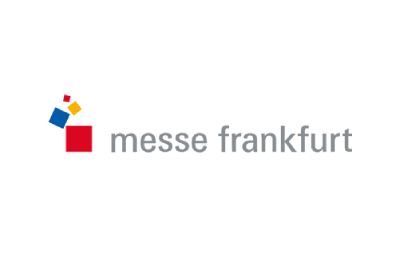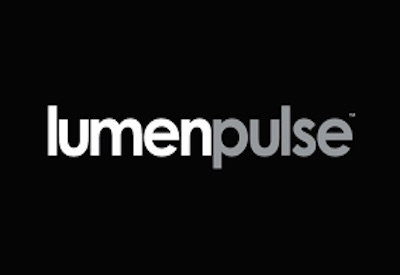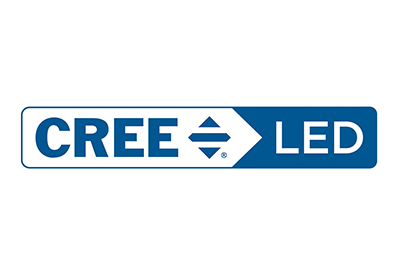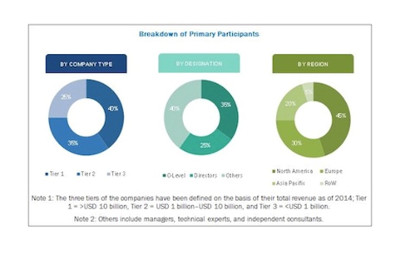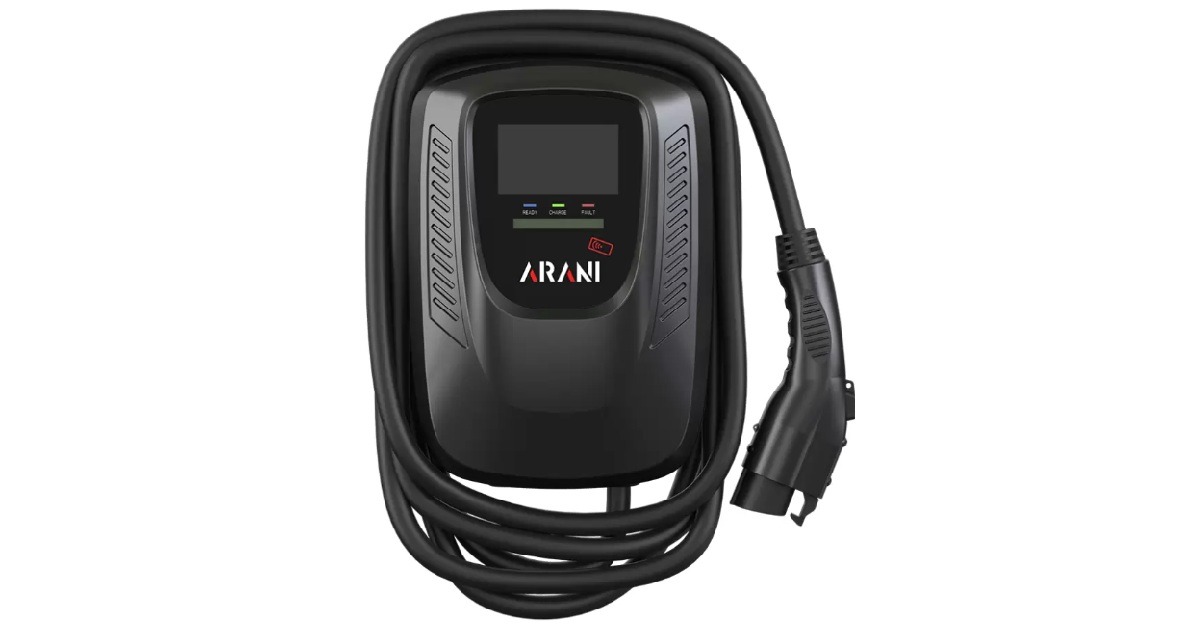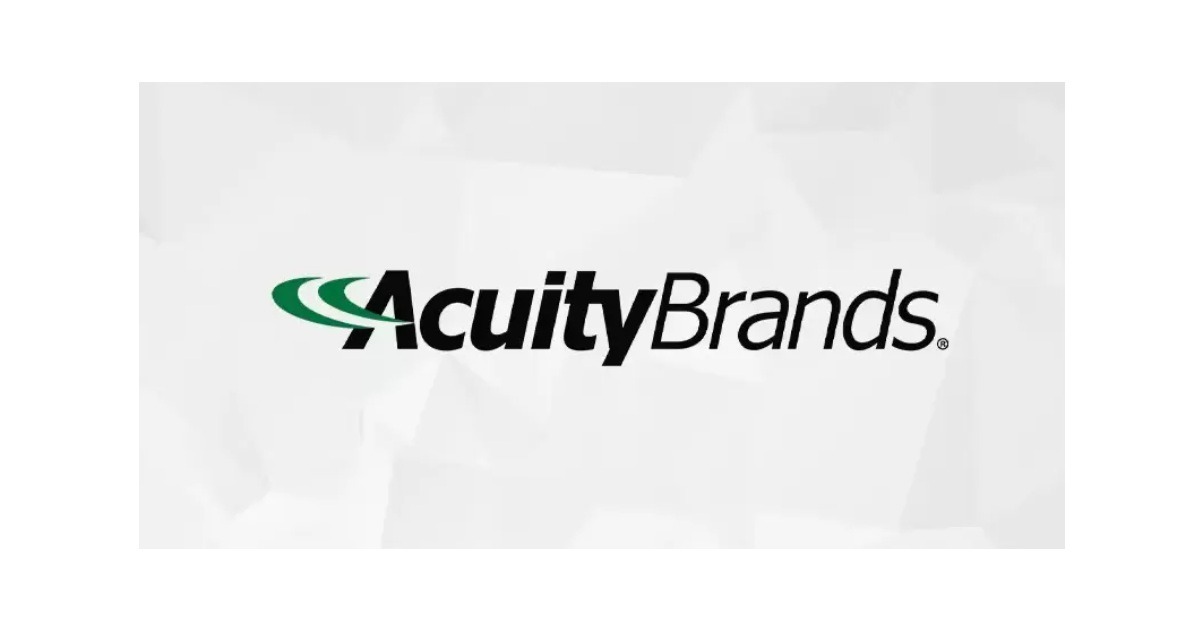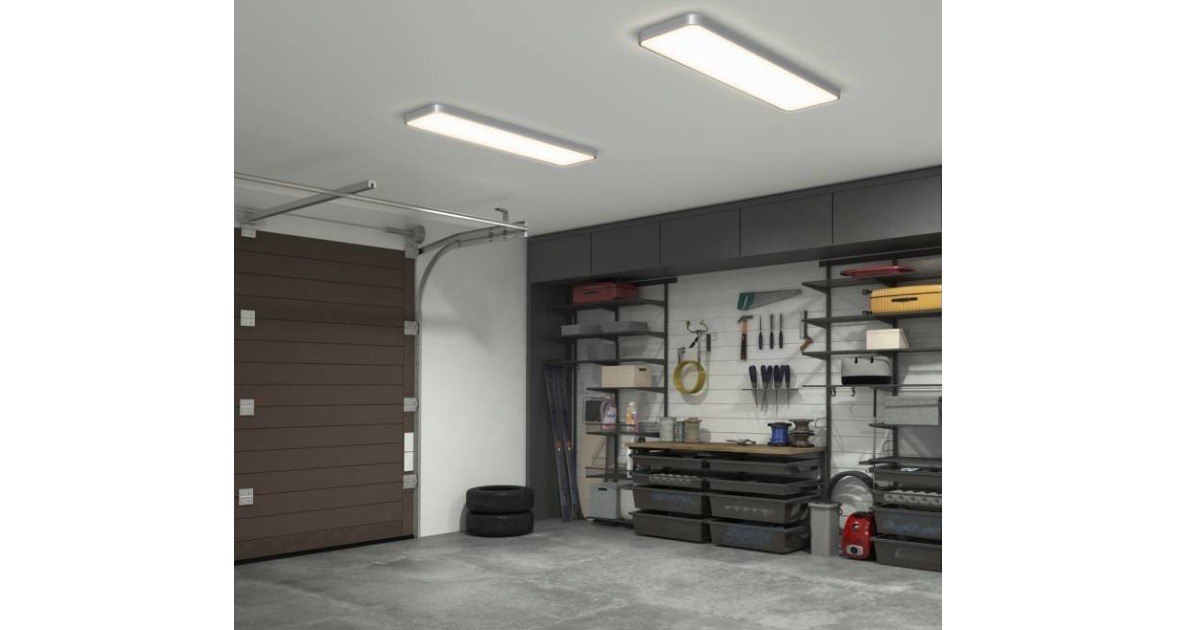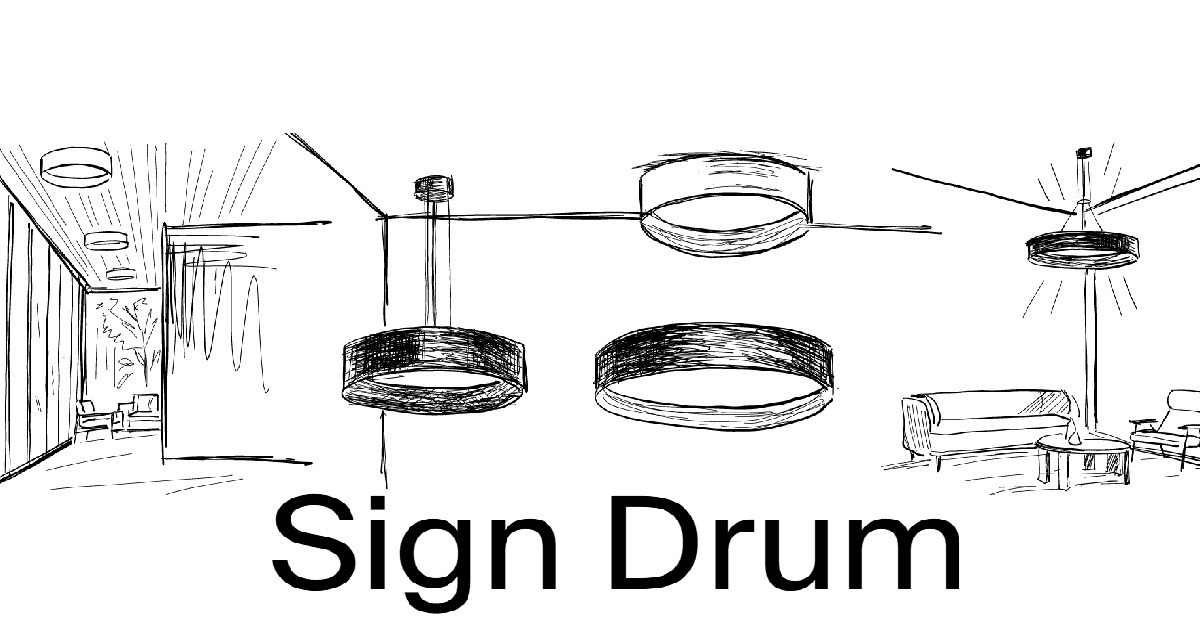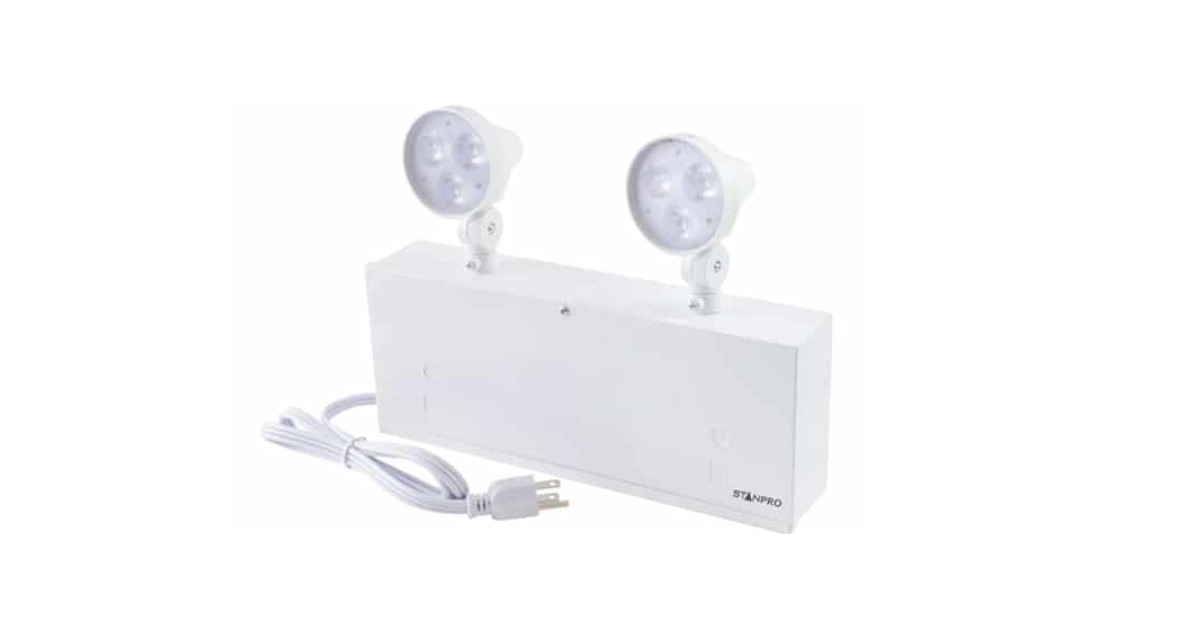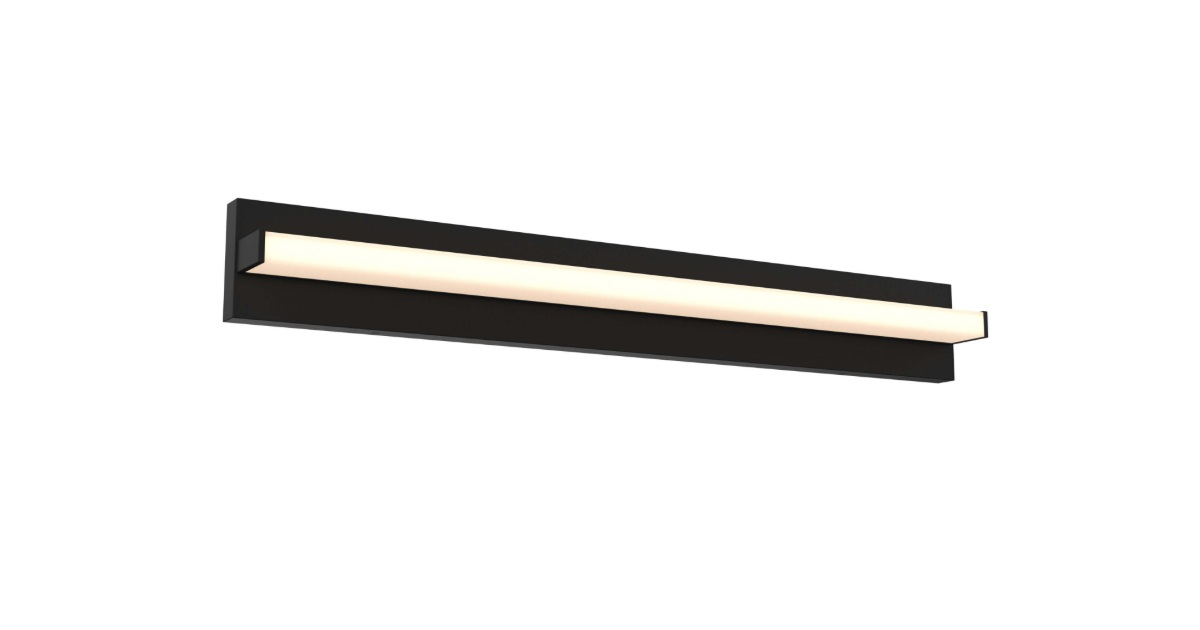New DLC Policy: Horticultural Technical Requirements V1.2
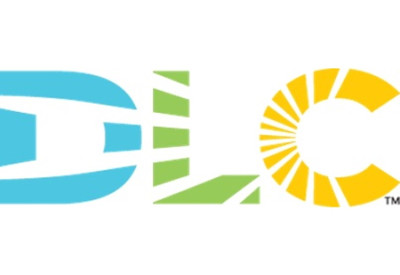
Oct 23, 2019
The DLC is updating two aspects of its requirements for horticultural lighting products, effective October 21, 2019. These updates support the industry transition from traditional lighting data and metrics to horticultural lighting data and metrics that better represent horticultural lighting performance.
The V1.2 requirements do not include specifications for DC-powered fixtures. The DLC will continue to work to improve and expand the range of energy-saving LED-based fixtures available to the horticultural market through future specification revisions.
1. Revision to flux maintenance policy
As previously described in past DLC horticultural program revisions and on the DLC website, the DLC will begin requiring flux maintenance data denominated in horticultural-specific units, and will no longer accept lumens or radiometric watts LM-80 or LM-84 reports starting on October 21st, 2019. The DLC has been in close contact with LED device manufacturers, and is confident that the industry is prepared to transition away from legacy performance extrapolation data denominated in humanvision terms.
Products which have previously been approved and listed with legacy terms will remain temporarily qualified and listed on the DLC’s Horticultural QPL. Those which used non-PPF terms, and did not provide a static conversion factor to PPF terms, will be asked to provide updated PPF-based information in the period from October 2019 to April 2020. Any product that does not provide this updated flux maintenance information will be delisted in April 2020. All QPL listing updates are scheduled to take place at the end of the update period in April 2020. Manufacturers of products that have been provisionally qualified will be contacted with a means to update their product performance to avoid delisting.
2. Revision to TM-33 requirements
The DLC originally proposed to require PPID and SQD information in the TM-33 document format starting in October 2019, to replace its current position of requiring this information in a nonstandardized graphical format. While use of this document is increasing worldwide, the adoption and production of software tools to work with the TM-33 format are not yet widespread enough for the DLC to require its use at the planned time. Thus, the DLC is delaying its required implementation
3. DC-powered fixtures to remain ineligible in Version 1.2
The Draft Version 1.2 originally included a proposed technical methodology that would make DCpowered fixtures eligible for DLC qualification. The DLC received feedback during the comment period that the proposed methodology would not provide sufficient accuracy to represent the expected performance of these products. For the V1.2 Horticultural Lighting Requirements, DCpowered fixtures will remain ineligible. The DLC will continue to investigate this category of horticultural lighting products and may expand the specification to include them as part of future specification revisions.
View Horticultural V1.2 Technical Requirements


